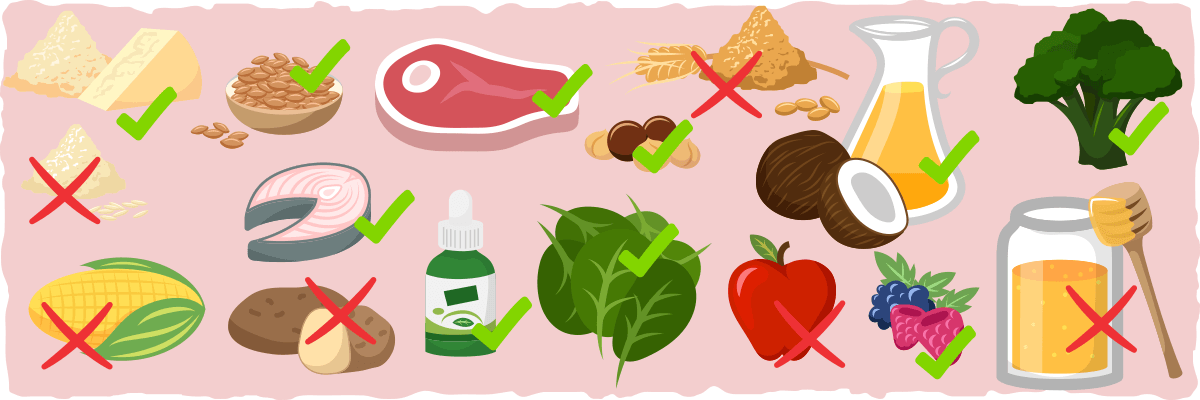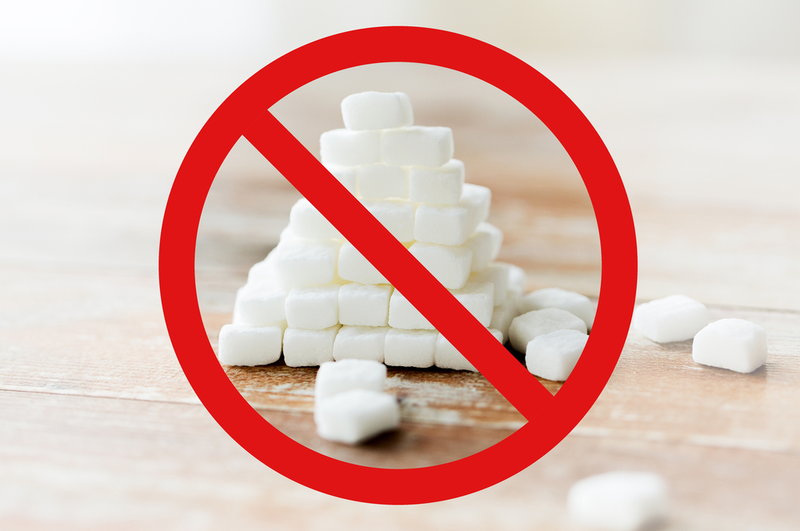

Many people wonder how many carbohydrates they should eat to get into ketosis when they first begin to adapt to the principles of low-carbohydrate nutrition.
One of the simplest ways to enter ketosis is to limit carbohydrates. It doesn’t require fasting or calorie restriction; simply reduce your carbohydrate intake and eat enough protein (but not too much) to promote fat burning and ketone production.
Other factors to consider include fat intake, stress, and activity levels, but it’s important to know how many carbs you need to get into ketosis.

It’s important to start somewhere, and carbohydrates are the single most important measure for starting the increasingly popular and highly effective ketogenic diet.
After about a week, most people will be in deep ketosis if they keep total carbs below 35 g and net carbs below 25 g (ideally below 20 g) (to calculate your net carbohydrate consumption – just subtract total fibre intake from total carbohydrate intake).
You must be careful with your food choices to consume such a small amount of carbohydrates. Many of your favourite foods may exceed your daily carbohydrate allowance. Even healthier foods like fruits and vegetables contain a lot of sugar and carbohydrates, but don’t let that deter you! There are plenty of delicious dishes that can be prepared using the principles of a low-carb or ketogenic diet. Check out our section on fat diet recipes if you’re looking for some ideas.
See what you should and shouldn’t eat on a ketogenic diet in the list below.

• Grains – wheat, corn, rice, cereals, etc.
• Sugar – honey, agave, maple syrup, etc.
• Fruits – apples, bananas, oranges, etc.
• Tubers – potatoes, etc.
• Meat – fish, beef, lamb, poultry, eggs, etc.
• Leafy greens – spinach, kale, lettuce, etc.
• Ground vegetables – broccoli, cauliflower, etc.
• High-fat dairy products – hard cheeses, high-fat cream, butter, etc.
• Nuts and seeds – macadamia nuts, walnuts, sunflower seeds, etc.
• Avocados and blueberries – raspberries, blackberries, and other low GI berries
• Other fats – unrefined coconut oil, high-fat salad dressing, saturated fat, etc.
Even if you stick to this list, you can consume more than 35 grammes of carbohydrates per day, so keep track of what you eat and learn about its carbohydrate content. It’s important to remember that the transition to ketosis isn’t solely about the carbohydrates you consume. Protein also plays a role in the ketosis process; for more information, see the next article.
Receive tips, articles and all the goodies absolutely free, straight to your inbox!